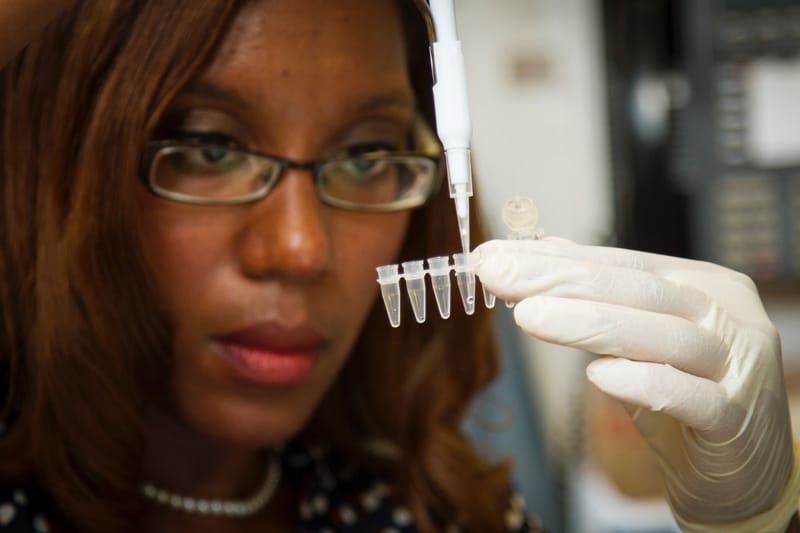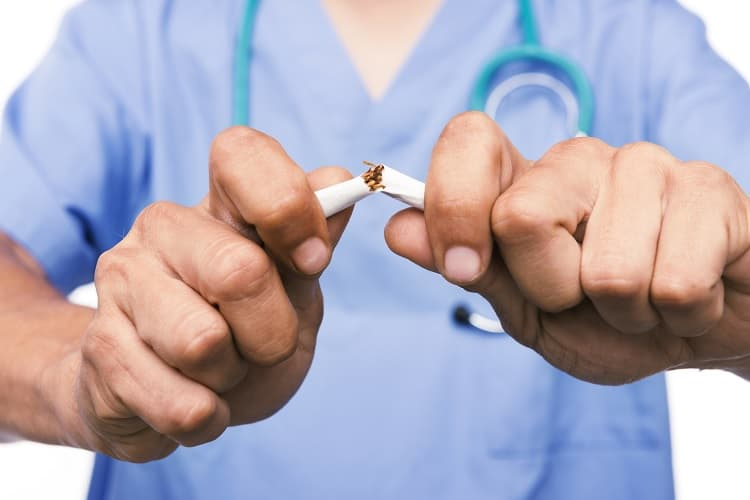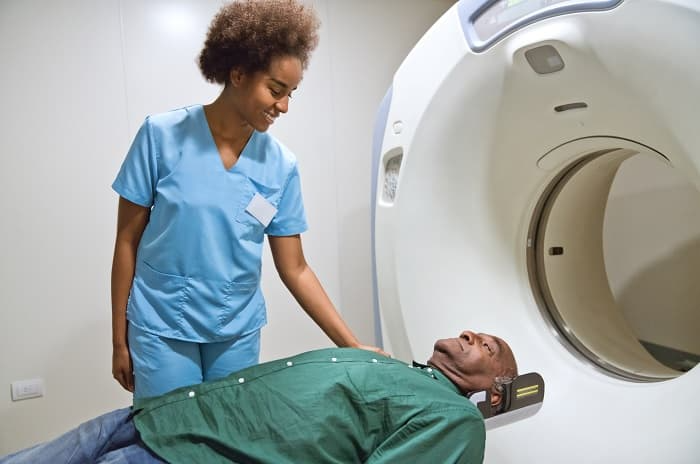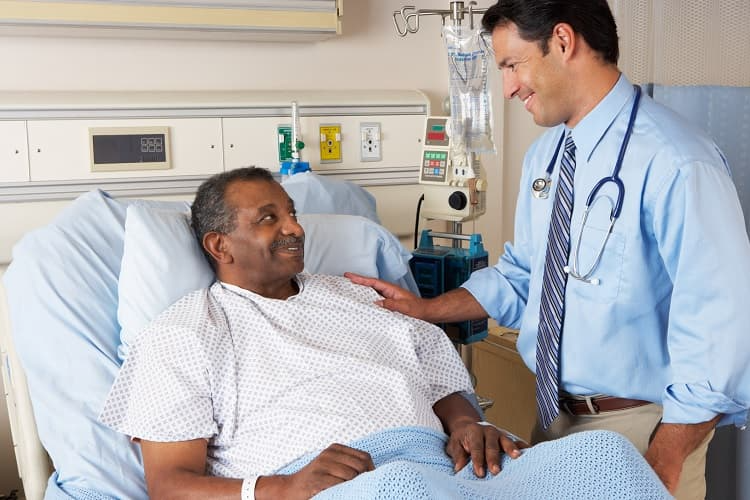
Cigarette smoking is the number one cause of lung cancer. Lung cancer also can be caused by using other types of tobacco (such as pipes or cigars), breathing secondhand smoke, being exposed to substances such as asbestos or radon at home or work, and having a family history of lung cancer.

When cancer starts in the lungs, it is called lung cancer. Lung cancers usually are grouped into two main types called small cell and non-small cell.

Research has found several risk factors that may increase your chances of getting lung cancer.

What Are the Symptoms of Lung Cancer?
Different people have different symptoms for lung cancer. Most people with lung cancer don’t have symptoms until the cancer is advanced.

What Can I Do to Reduce My Risk?
To lower your risk of getting lung cancer, don’t smoke, avoid secondhand smoke, and get your home tested for radon.

Who Should Be Screened for Lung Cancer?
Lung cancer screening is recommended only for adults who have no symptoms but who are at high risk for developing the disease because of their smoking history and age.

How Is Lung Cancer Diagnosed and Treated?
Lung cancer is treated in several ways, depending on the type of lung cancer and how far it has spread. People with non-small cell lung cancer can be treated with surgery, chemotherapy, radiation therapy, targeted therapy, or a combination of these treatments. People with small cell lung cancer are usually treated with radiation therapy and chemotherapy.
Content source: Division of Cancer Prevention and Control, Centers for Disease Control and Prevention